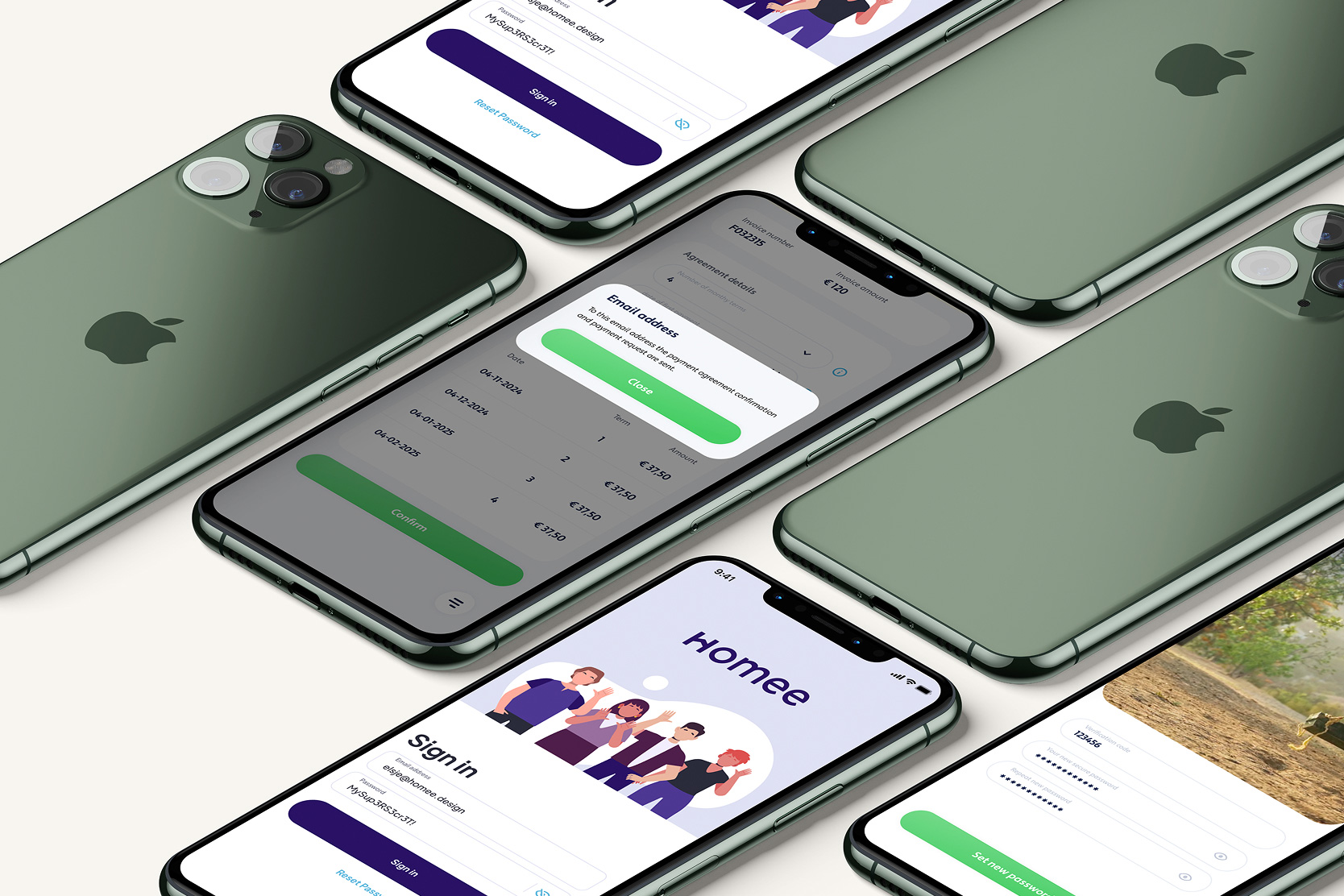
You probably recognize this: you open a new app or software tool and immediately see a sleek interface. But after a few clicks, you’re not sure where to go next, or you start to lose your way. It’s at this pivotal moment—between a great first impression and actual use—that onboarding plays a key role.
Onboarding is so much more than a welcome screen with a few bullet points. Effective onboarding is an integrated part of your user experience that prevents users from getting lost. Think about:
Don’t explain everything at once—give guidance at the right moment.
Introduce features step by step so users aren’t overwhelmed.
Let users try things for themselves instead of just reading or watching.
“Research shows that more than half of users will delete an app if they don’t understand how it works after their first interaction.”

Onboarding can be the difference between users dropping out and users becoming engaged. For example, we once worked on a platform that was receiving many support questions. By improving the onboarding with interactive tips and a personalized dashboard, we reduced the number of questions by 40%. The “aha moment”—when a user realizes the value of the product—was reached much faster.
A successful onboarding starts with truly knowing your users. By distinguishing between beginners and advanced users, you can tailor the onboarding process to their specific needs. Always design from your users’ perspective, so everyone feels guided from the very first step. Creating quick wins—like letting users set up a profile or enter their first data—gives them an immediate sense of achievement and encourages further exploration.
Equally important is making the onboarding visually appealing and clear, using micro-animations, strong visual hierarchy, and step-by-step feedback. Give users control by allowing them to skip onboarding or revisit it later, so they never feel forced. And remember, onboarding is never really “done.” Keep measuring where users drop off or get stuck, and refine the process continuously for an even better user experience.
Good onboarding is the essential link between an attractive design and a successful user experience. Don’t treat onboarding as an afterthought—make it an integral part of your UX strategy.
I’m curious: what challenges have you faced with onboarding in a new app or tool? Feel free to share your experience in the comments, or contact our design team if you’d like to brainstorm about onboarding for your project.


Sign up for our newsletter and receive the latest news, inspiring case studies, and innovative developments straight to your inbox.